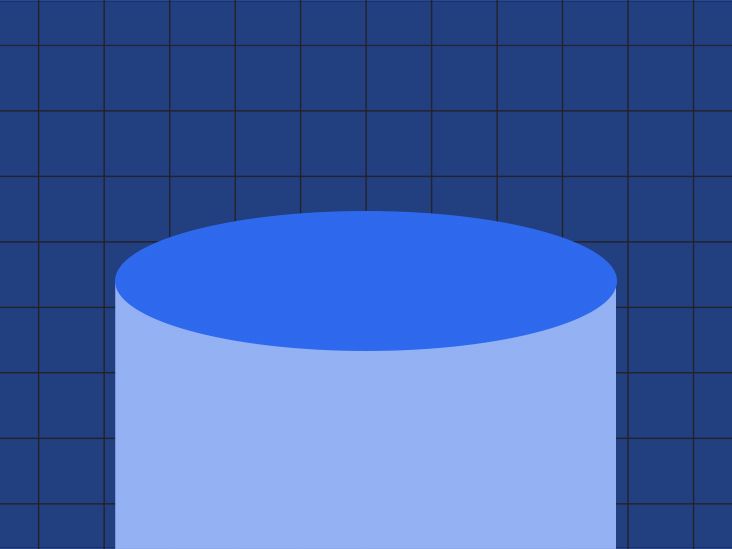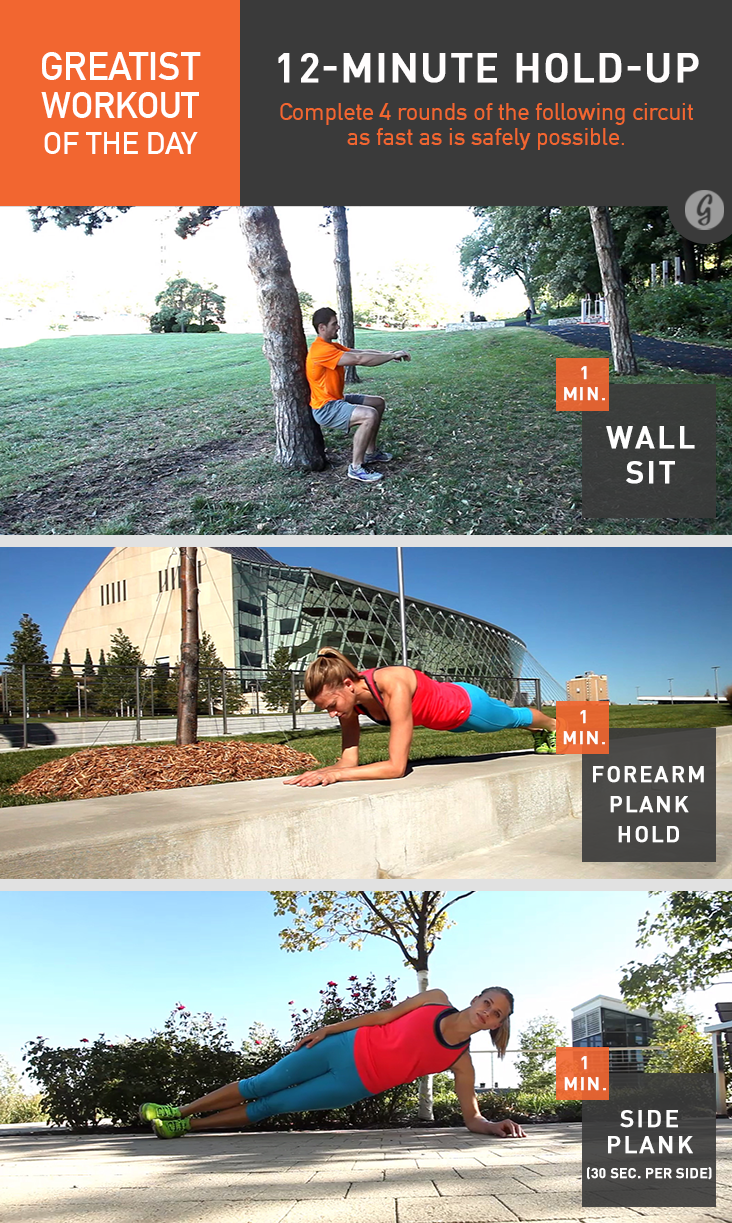Brrr! Curious about cold treatment therapy that’s gaining so much attention? Here’s what cryotherapy is used for and how it may help.
Cryotherapy is a fancy word for cold therapy. While the term may be newly buzzing around the internet, applying freezing temps to the body is not a new wellness technique.
If you’re considering visiting a medspa for cryotherapy or testing out some smaller-scale versions at home, here’s what cryotherapy involves and what you should know about it.
People use cryotherapy for a slew of ailments — from things as teeny as wart removal to more significant concerns like mood and weight loss.
Some opt for a localized approach, focused on specific areas like an injury. In contrast, others opt for whole-body cryotherapy (WBC), which involves freezing the entire body (except for the head) to reap possible health benefits (more on that in a sec).
Some cryotherapy can be done at home. For example, gently wrap ice packs around your neck to help with migraines, or take an ice bath for sore muscles and moodiness (get out after around 15 minutes, though!).
You can also book a session at a spa, where you’ll chill (literally) for a few minutes in a cryotherapy chamber (set around negative 200–300°F).
Here’s a short list of common cryotherapy uses:
Overall, cryotherapy needs much more research — but many praise it for its possible benefits, including:
- Boosted mood: Though the research is older and small, a 2008 study saw lowered depression or anxiety symptoms in a third of participants who had whole-body cryotherapy. This number was significant compared to those without cryotherapy.
- Lowered inflammation: Cryotherapy can help lower inflammation, possibly improving overall health and well-being. However, the research here was done on rats, so we need human studies to support this better.
- Help with pain: One 2017 study suggests cryotherapy can help relieve pain, ease muscle pain, and help with quick healing. This study does point out that cold water immersion was more helpful than whole-body cryotherapy, though. (Hey, a free ice bath at home saves the money you would have spent at the cryotherapy spa.)
- Dementia prevention: Though the theory needs more research, one 2012 study argued that if cryotherapy can lower inflammation, it may help prevent dementia. It may be able to lower the inflammation and oxidative stress related to cognitive-decline conditions like dementia.
- Weight loss: Much research is needed to support cryotherapy and direct weight loss, but some claim it helps. One 2020 study found that whole-body cryotherapy was helpful for weight loss in menopausal women with low–moderate physical activity. It’s important to point out that 20 sessions were needed.
The trendy type of cryotherapy right now is the cold af booth, which you sit in for a few minutes for whole-body cryotherapy. Some spas also offer cryotherapy facials, as some people see cryotherapy benefits for the skin, including help with eczema (though research is limited).
You’ll receive instructions before your appointment, including specifics about what to eat or drink leading up to your session and other tips like what to wear. Generally, you’ll want to move your body around in the chamber for proper blood flow.
You can also get cryotherapy through your doctor for specific treatments like freezing off warts or freezing off cancerous cells. This is typically done via liquid nitrogen, which can sting a bit but also feels easier each time.
Along with the risk of frostbite, freezing temps also involve some possible side effects; including:
- numbness (obvs)
- redness
- tingling
- irritated skin
Who should not do cryotherapy? Glad you asked:
Cryotherapy involves applying cold temps to the whole body or just certain areas you’d like to treat for a range of therapies, including pain management or weight loss.
Some people swear by cryotherapy, but we still need more research to prove the perks. ❄️





